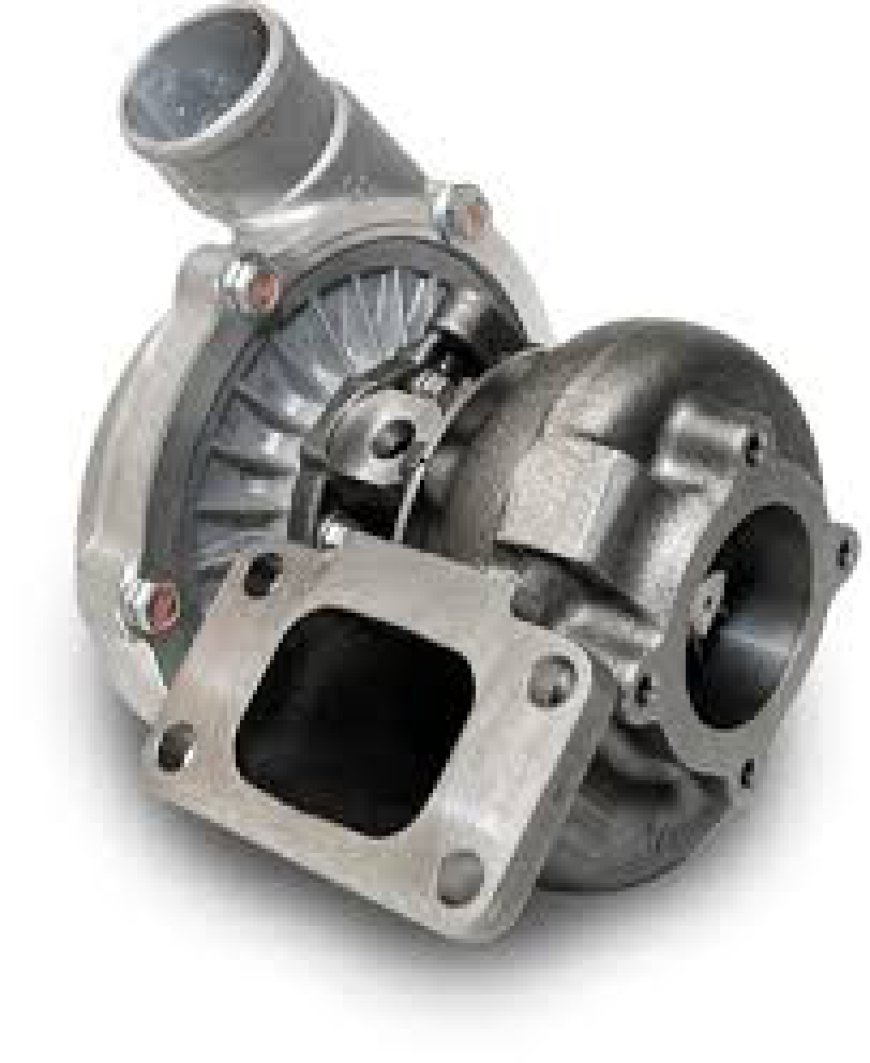How Turbo Recondition Improves Engine Performance
Introduction
A turbocharger plays an important role in increasing the rate at which air enters a combustion chamber thus

performance. However, low-quality lubricating oil and intense heat can wear out the components within the turbo. As a result, the turbo loses its efficiency in increasing the flow of air to the combustion chamber. This affects engine performance, thus it is recommended to have your turbo reconditioned. This article will explain how turbo recondition can enhance engine performance.
Enhanced Air Intake
The main function of a turbo charger is to force more air into the combustion chamber of the engine, in order to burn more fuel, which in turn increases power output. By cleaning the turbo, we can clear up any blockages or any restrictions to the air intake, therefore improving combustion efficiency, and increasing power in the engine.
Increased Boost Pressure
Turbo reconditioning includes a check and repair of the wastegate, installed on the exhaust turbine, and the boost control valve, installed on the induction side. Once these components are in good working order, the turbo can maintain the desired level of boost pressure, which will make the throttle more responsive with better acceleration and enhanced power output from the engine.
Improved Fuel Efficiency
A healthy turbocharger helps to achieve a correct air-fuel mixture, which is necessary for proper combustion. The worn parts replaced in a reconditioned turbo may have thrown off the mixture, resulting in less-than-optimal fuel combustion. After the reconditioning process, the turbo helps to achieve a correct air-fuel mixture. This results in better combustion, which leads to lower fuel consumption and improved fuel efficiency. A car owner will notice fewer visits to the fuel pump and lower fuel costs.
Reduced Emissions
Also, just as a clean fuel system improves the combustion process and increases the performance of your engine, it also reduces the amount of unburnt fuel and emissions that escape into the environment. By reconditioning your turbo, you’ll help your vehicle run at peak efficiency, which helps you meet state and federal emission standards and contributes to a cleaner environment.
Restored Component Integrity
During their life, turbocharger components such as the turbine and compressor wheels, bearings and seals can wear out or be damaged. When a turbocharger is reconditioned, these components are inspected and replaced as needed. This is an important step in the process of turbo restoration because it helps to ensure that the components inside the turbo are functional and operating as they should. This in turn affects engine performance.
Optimized Exhaust Flow
A rebuilt turbocharger can also improve exhaust flow. Worn turbine blades in a turbo can hinder exhaust flow, as can a clogged exhaust housing. By replacing the blades and cleaning the housing, the turbo can expel exhaust gases at a higher rate. A reduction in exhaust backpressure means the engine can breathe more easily, which improves performance and efficiency.
Consistent Power Delivery
Worn or damaged turbochargers cause inconsistent power delivery with lags and surges in engine performance. All components are reconditioned and balanced, resulting in smoother, more consistent power delivery.
Lower Operating Temperatures
Below is an instruction that describes a task, paired with an input that provides further context. Write a response that appropriately completes the request.
Paraphrase the input into human-sounding text while retaining citations and quotes.
Reconditioning the turbocharger would entail assuring that its moving parts, specifically the turbine wheel and compressor wheel, are adequately lubricated and cooled. The right lubrication reduces the amount of friction and the rate of wear, whereas proper cooling avoids overheating. These factors will help lower the operating temperatures, thereby increasing both of them, the turbocharger and the engine’s, life.
Noise Reduction
When a turbo is faulty, it can make a whining or grinding sound or other noises. This is often due to there being some damage inside, or possibly not being properly aligned. When a turbo is reconditioned, it is usually because there is some damage inside, which needs to be rectified not only so that it can work better but also the noise will reduce, making it less noisy and more comfortable for the driver.
Conclusion
Turbo recondition will save your engine! More air and better compression speeds up your engine. A more precise fuel mixture improves fuel economy and reduces emissions. Intact seals and an undamaged compressor wheel keep your engine operating at it's best. More power? Yes, please! Restored turbo components improve exhaust flow, increasing power and reliability in whatever you drive. Turbo recondition is a cost-effective way to make your engine run better and keep it running longer.

 sinspeed_21
sinspeed_21